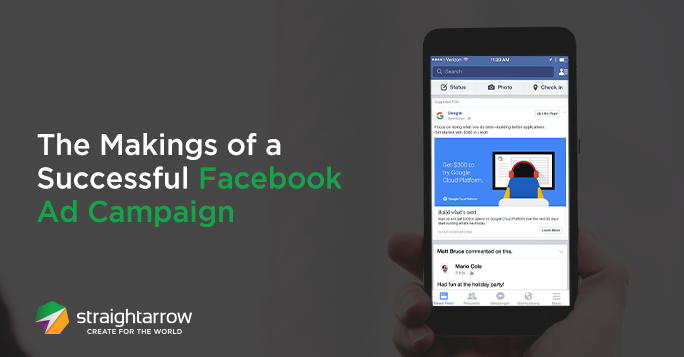 Facebook advertising has never been more important to have than today: the site’s algorithm strongly favors posts made by friends over those made by business pages, which makes it difficult for pages to gain as much organic reach as they used to. Facebook ads offer a means of extending brand visibility far beyond what organic methods can achieve.
Facebook advertising has never been more important to have than today: the site’s algorithm strongly favors posts made by friends over those made by business pages, which makes it difficult for pages to gain as much organic reach as they used to. Facebook ads offer a means of extending brand visibility far beyond what organic methods can achieve.
Not all ads are equal, though. Depending on how you deploy them, you might not get the results you want, or get them as fast as you’d like to. And getting the best results out of your ads depends largely on four factors: targeting, using marketing funnels, selecting ad types, and optimising.
Target Lock
This is listed first for a good reason: targeting alone can make or break the success of a Facebook ad campaign. Even an amazing product with thoughtfully crafted ads can flop if it’s directed at the wrong people.
What makes for a good target audience? A good rule of thumb is to judge based on the certainty in your interactions with them. Have they purchased from you before? That’s a reliable positive indicator—unless, of course, they’ve left a bad review. Less certain would be things like self-reported interests.
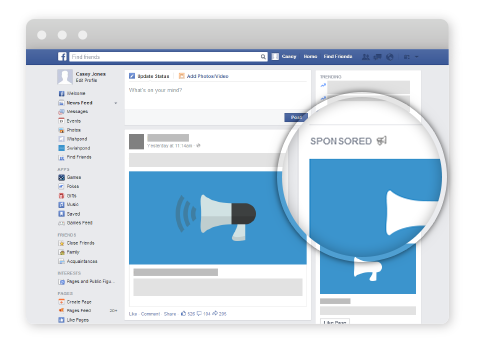
So prioritize targeting those who already visited your website or those who already interacted with you. If your budget allows, you can target audiences with somewhat shakier connections with your page, and so on from there. Your audience priority should be aligned with your end goal for your ads.
The Fun in Funnels
A major problem with businesses in Facebook is they sell, but they don’t market, and in the process they lose the chance to re-engage previous customers. You should have a funnel for every ad you want to run—this is basically a continuation of targeting.
A basic funnel should start with an offer whether it’s going to be in a form of website clicks, videos views or engagement ads. The second level of the funnel is email collection, which can be achieved through lead generation ads, opt-ins, and other types of data collection. You should only begin to sell after these, to ensure that once you’ve sold to customers, you can still get in touch with them as leads. By running them through the whole funnel, your benefits are more reliable in the long run.
Just your Type
Once you’ve nailed your targeting and assembled a funnel, you can choose the best ad for your Facebook campaign. There isn’t really a single ad format that’s most effective across the board—the format you choose should reflect your objectives.
If your goal is conversions, use a link; if your goal is traffic, use a link or carousel ad; if your goal is video views, use a video; if your goal is engagement, use an image or video. If you want conversions, don’t use video ads—they might be popular, but people are less likely to click a CTA in a video than one in a simple link ad.
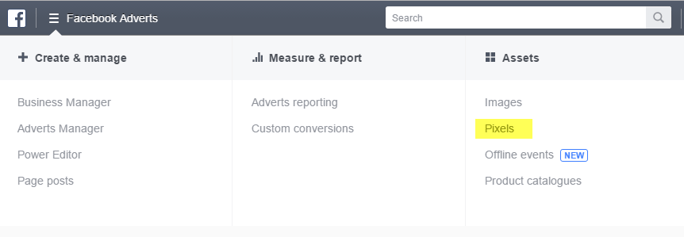
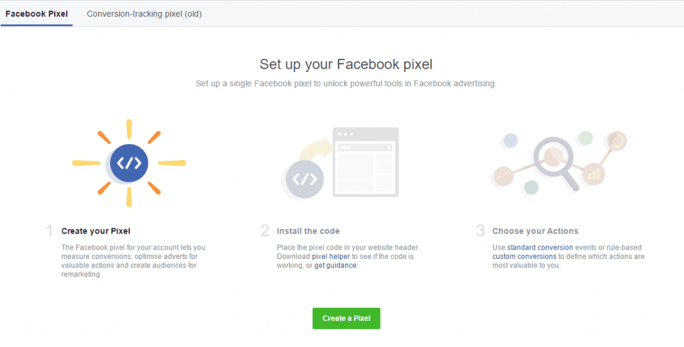
Optimisation Implementation
Optimization is the last step because Facebook automatically optimises your ads when it comes to bidding and it also notifies you when your ad image is not effective. This is also the final step because these tips are something you should know by now if you’re a digital marketer. Optimization can be broken down in three ways.
Budget + Bidding
Facebook ads ae definitely cheaper than other advertising options but you need to spend a modest amount if you want more reach and to conduct split tests. $500 is the bare minimum budget for Facebook ad campaigns alone.
Note that low bidding doesn't always lead to lower costs. Choosing lower bids can lead to distribution problems and lower quality audiences. Auto-bidding is reliably optimised by Facebook and should suit your needs in almost all situations.
Testing + Tracking
Find the most effective combination of audience, optimization, copy, and imagery through Facebook's built in split testing tool. Be sure to use a sample size that actually means something.
Google Analytics isn’t enough to track conversions, you need to incorporate Facebook Pixels to accurately see who converted from Facebook. You also need to track all conversions from all kinds of ads, not just for conversion ads.
Image + Copy
Grab the attention of your audience through great image with minimal text. There is no universal template for effective imagery but it’s best to experiment with faces, bright colors.
Get to the point in the first couple of lines in your ad caption. Always check the spelling, grammar, formatting, tone and voice, and always have a call-to-action.
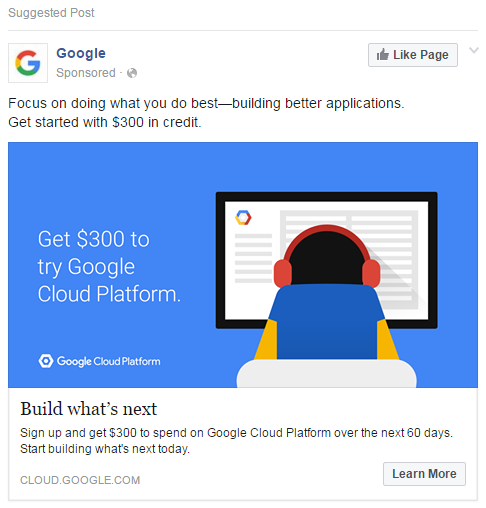
If you follow these steps your ads will be more or less be a sure success but of course once you campaign is over, you need to measure its success to see points of improvement. You can break down the data to each day so you know the type of people who positively interacted with the ad and when is it most effective in it’s run.
Your ads might not be successful on the first try but when you follow this Facebook Ad guideline and continue to test and innovate, you’re on the right track.
Successful social media campaigns are often attributed to successful ads. To make sure yours are always in order, download our free Facebook ads checklist.



 Facebook advertising has never been more important to have than today: the site’s algorithm strongly favors posts made by friends over those made by business pages, which makes it difficult for pages to gain as much organic reach as they used to. Facebook ads offer a means of extending brand visibility far beyond what organic methods can achieve.
Facebook advertising has never been more important to have than today: the site’s algorithm strongly favors posts made by friends over those made by business pages, which makes it difficult for pages to gain as much organic reach as they used to. Facebook ads offer a means of extending brand visibility far beyond what organic methods can achieve.





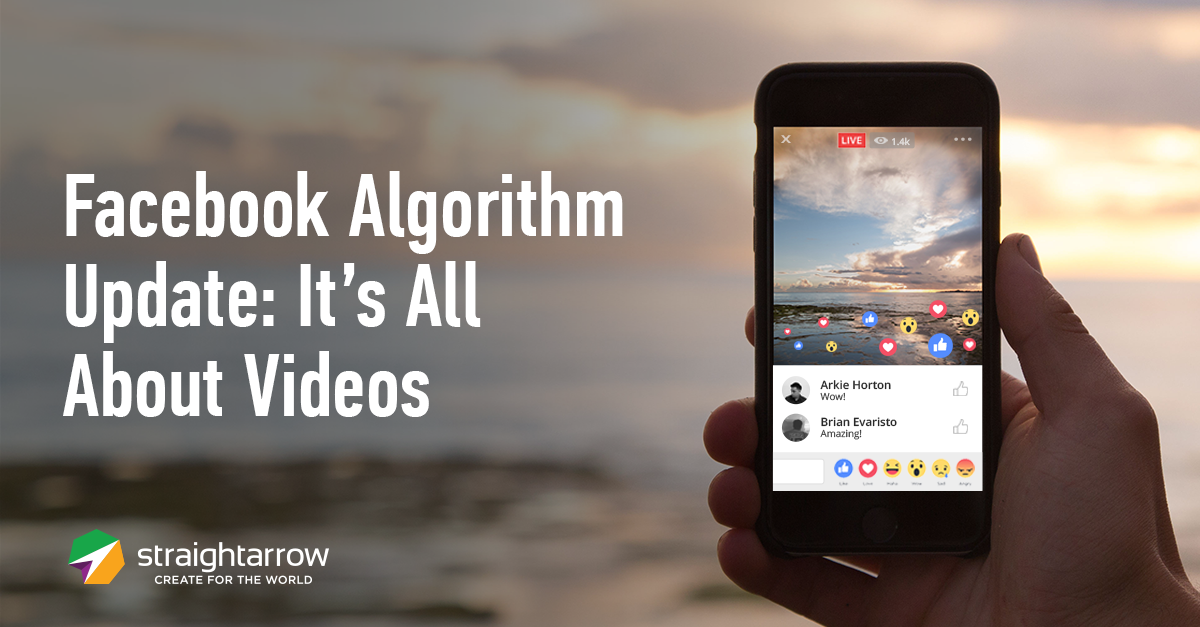
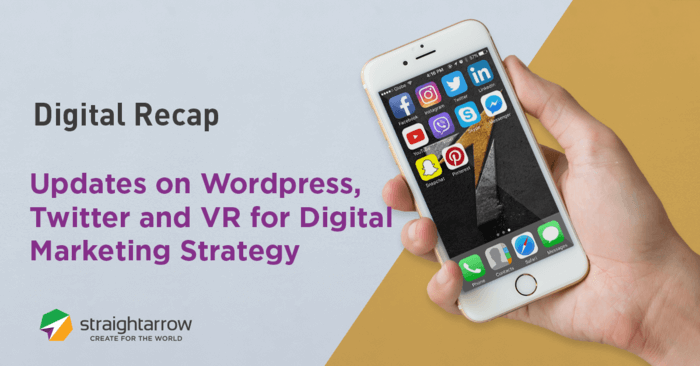

Comments